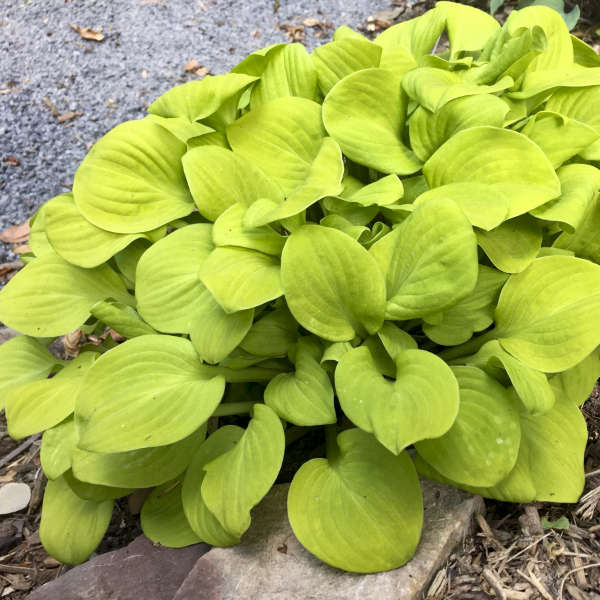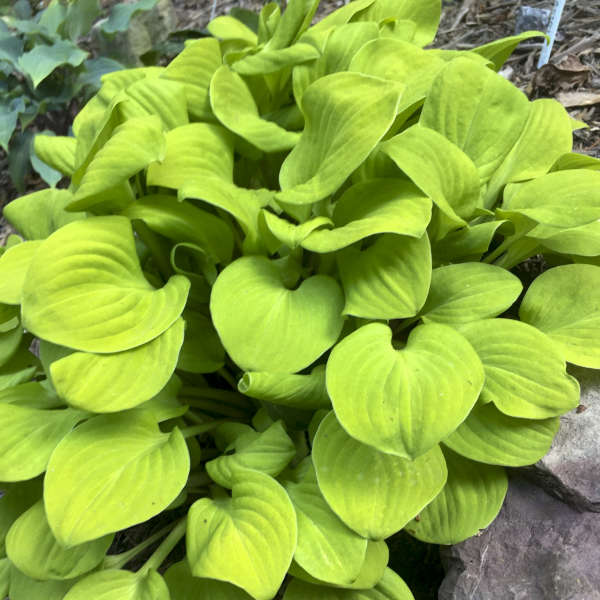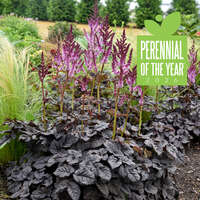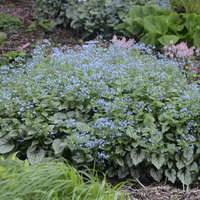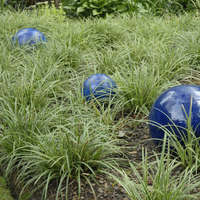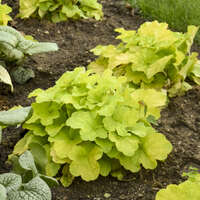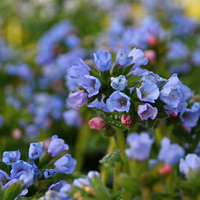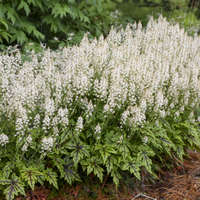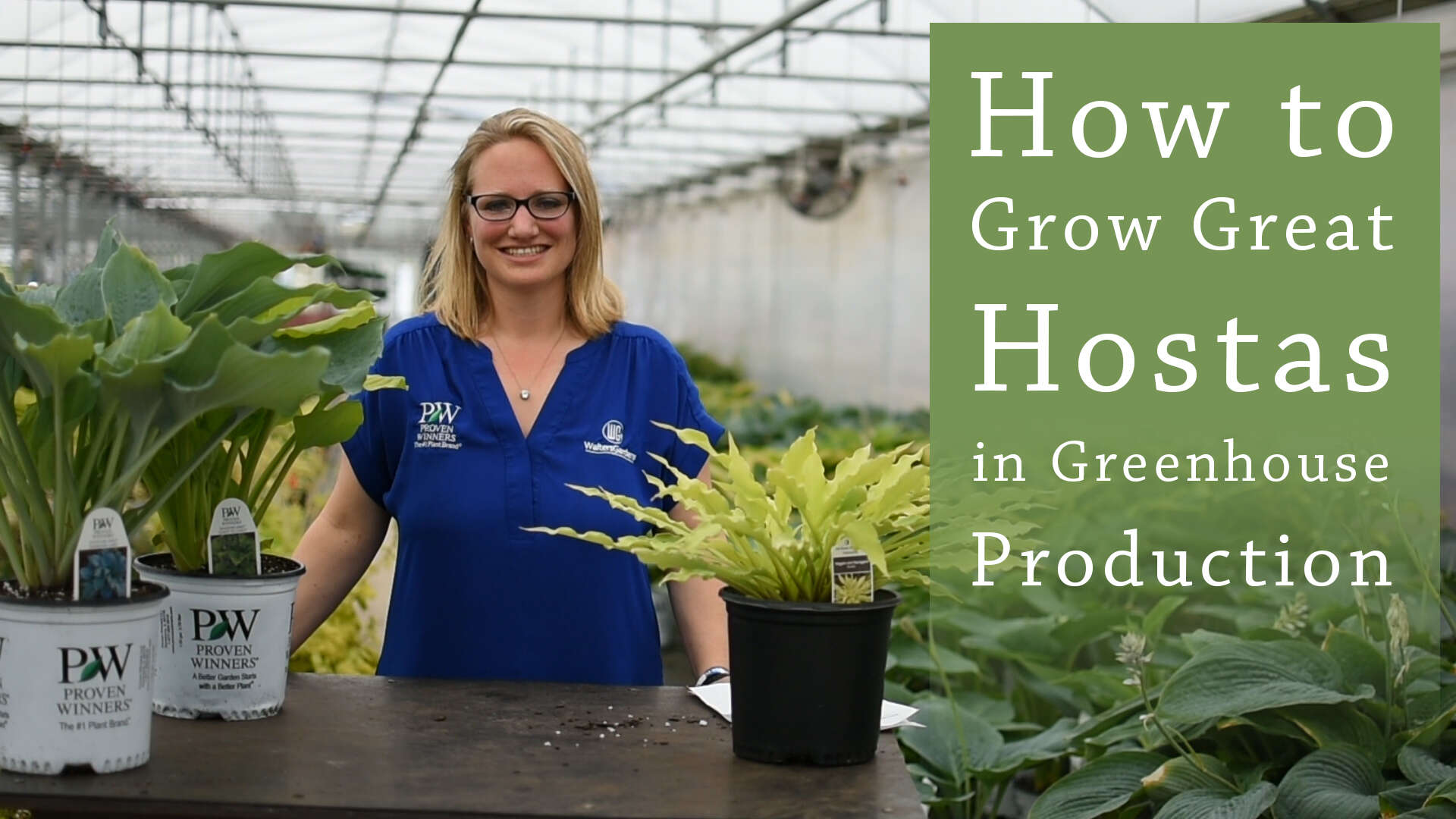Hosta 'Sun Mouse' PP30033

Common Name: Hosta
This miniature Hosta hybridized by Tony Avent has a similar leaf shape and performance to ‘Blue Mouse Ears’, but with brilliant yellow leaves that holds its yellow color well into summer. The color is perfect for brightening up hosta troughs and shade gardens. Compared to ‘Blue Mouse Ears’, ‘Sun Mouse’ is a little bit shorter and wider. Plant it in an area with morning sun or filtered shade for best yellow color. Lavender flowers appear in midsummer.
Hostas are exceedingly popular perennials in today's gardens due to their versatility in the landscape. Hostas also grow well in city environments where the air may be polluted by car exhaust, etc.
